There are a lot of pictures of Hokkaido University in spring and summer, and they look gorgeously lush – what with its large university grounds with many tall elm and poplar trees. Winter is quite different, with the campus trees having shed all their leaves. The university grounds is quite expansive, and open to the public – so a visit to the grounds feels like a walk in a nature park. We enjoyed exploring the area, and also spent several hours in their museum – which houses exhibits from each school and disciplinary area. The museum also showcases some of the key projects done by its staff and students, and there are many photographs at each exhibit of students beaming with pride at their work – something I really enjoy seeing as an educator, as we pretty much do the same where I work too. The place didn’t see crowds; just a dozen or so other visitors besides use – I guess educational and scientific museums aren’t top itinerary inclusion for most visitors. So, our exploration of the museum was quite peaceful without the usual shoving and loud crowds.
The kids really enjoyed this visit as well, though that’s in large part because of the wife – who was able to provide commentary to the kids when it came to the science and biological exhibits. One thing to note: most exhibits’ information and descriptions are in Japanese only, and only selected exhibits will have English translations.
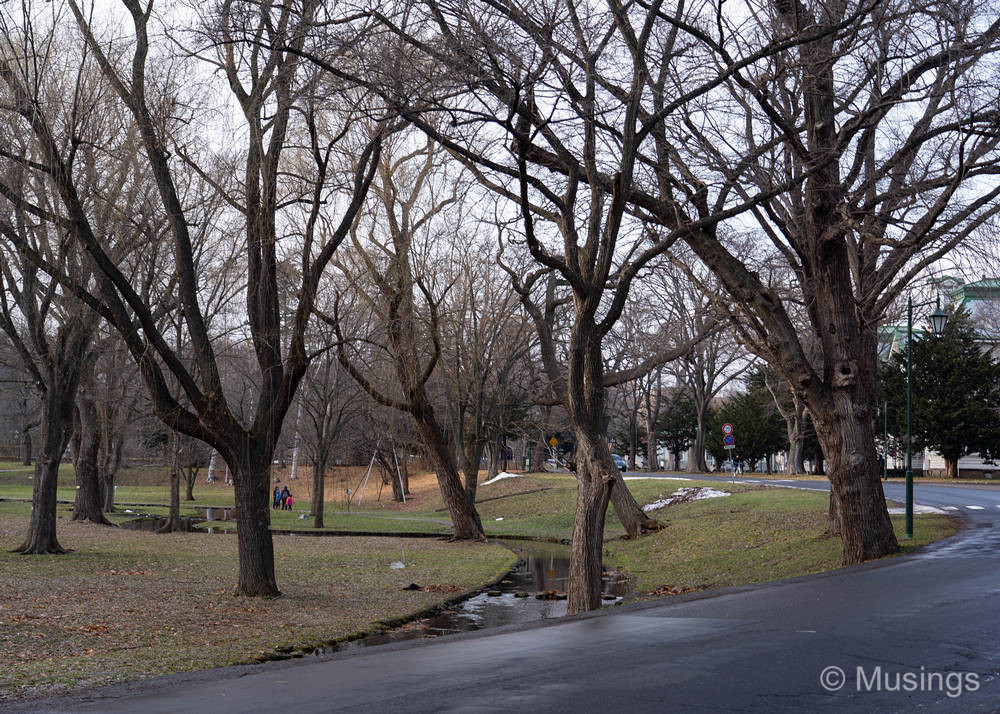
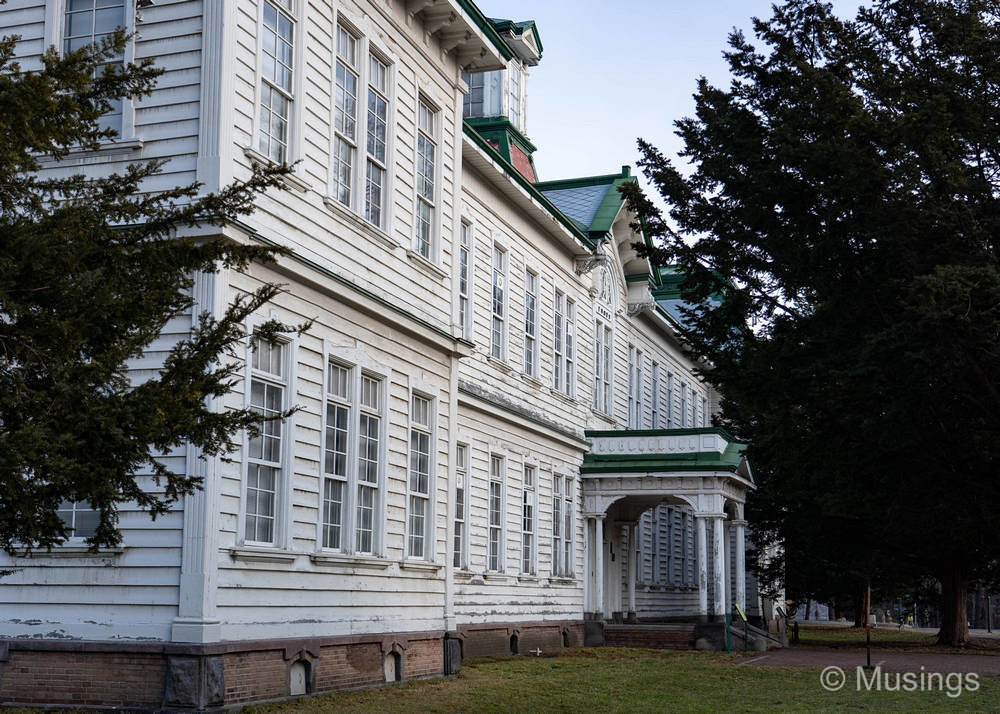
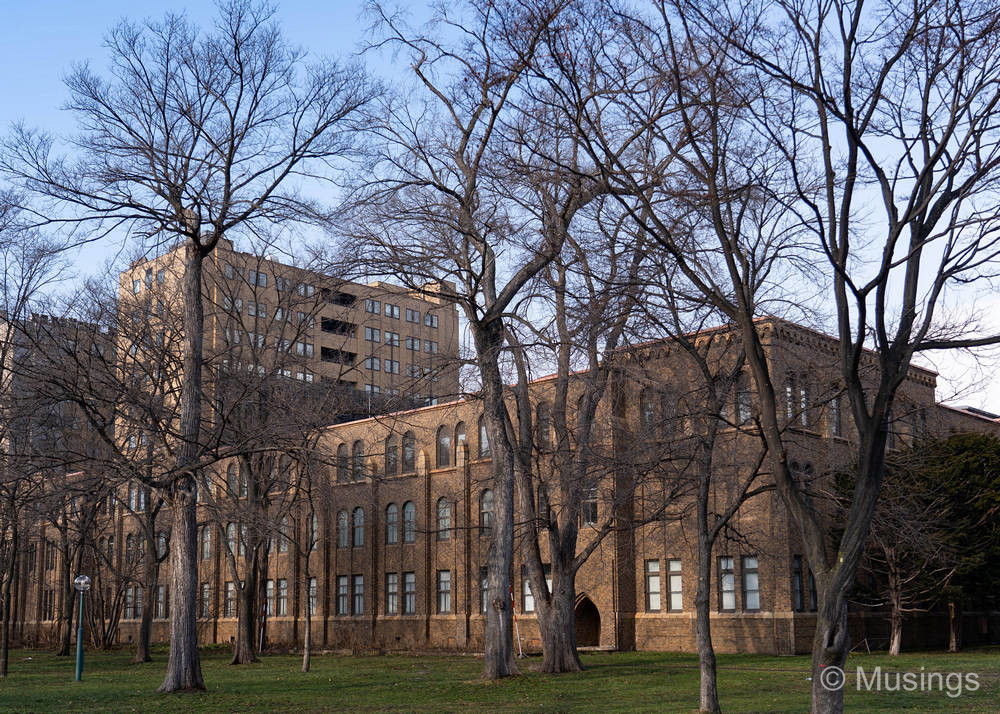
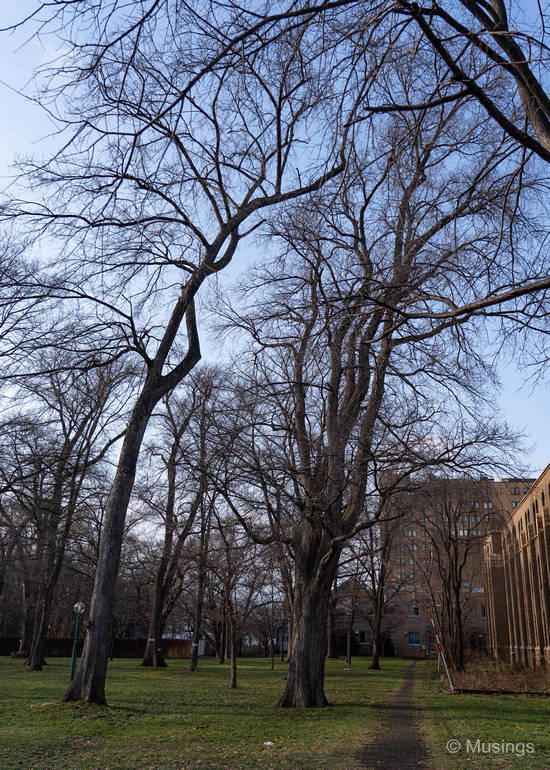
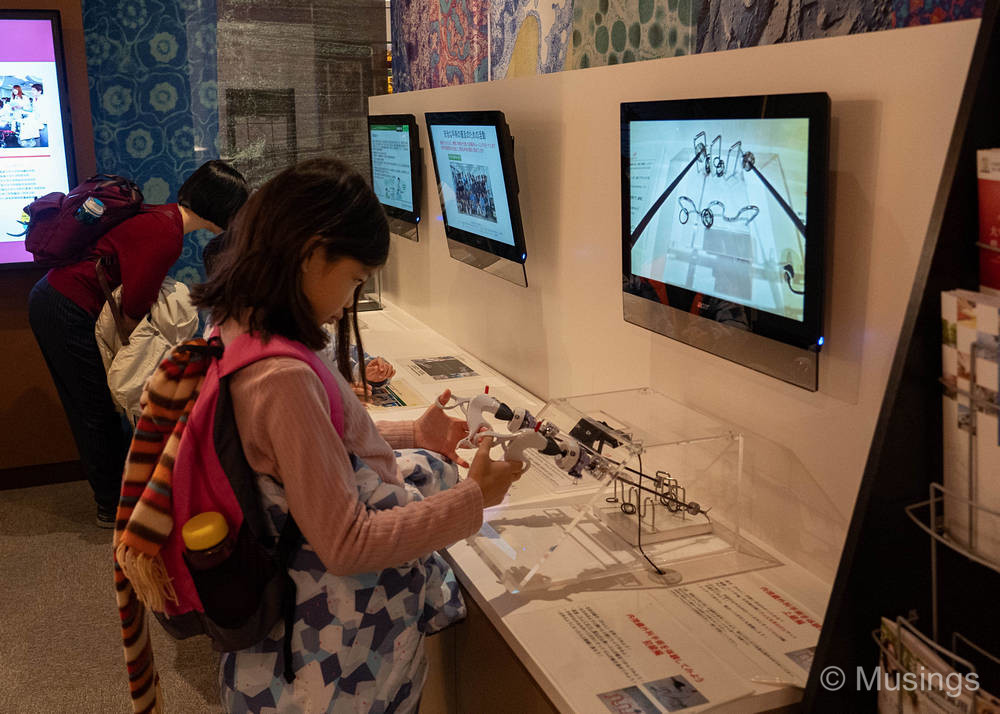
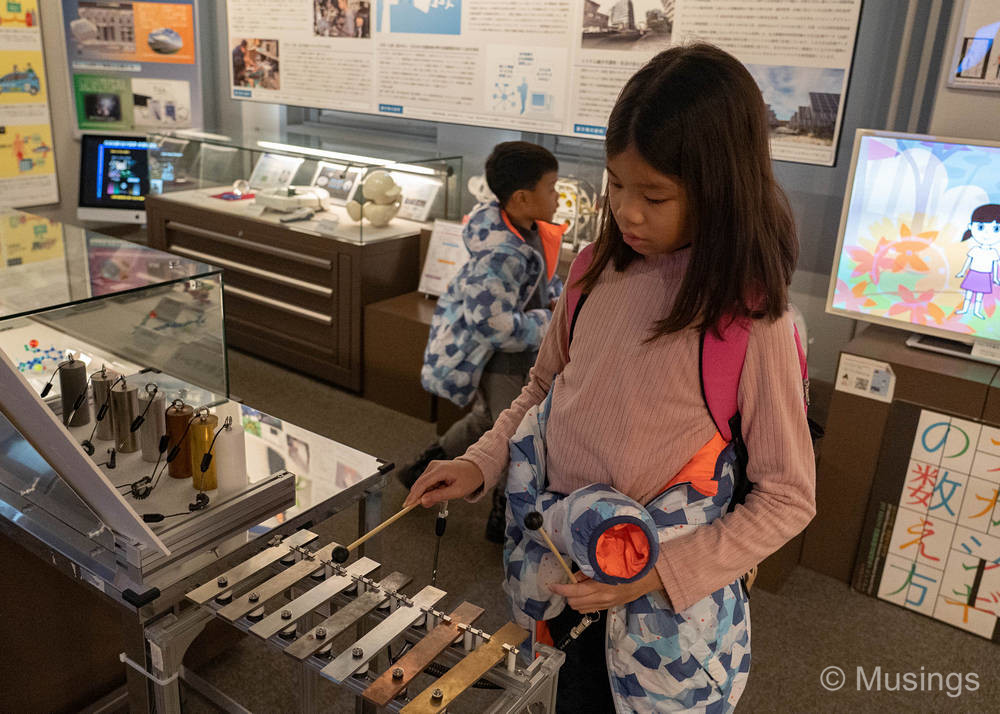
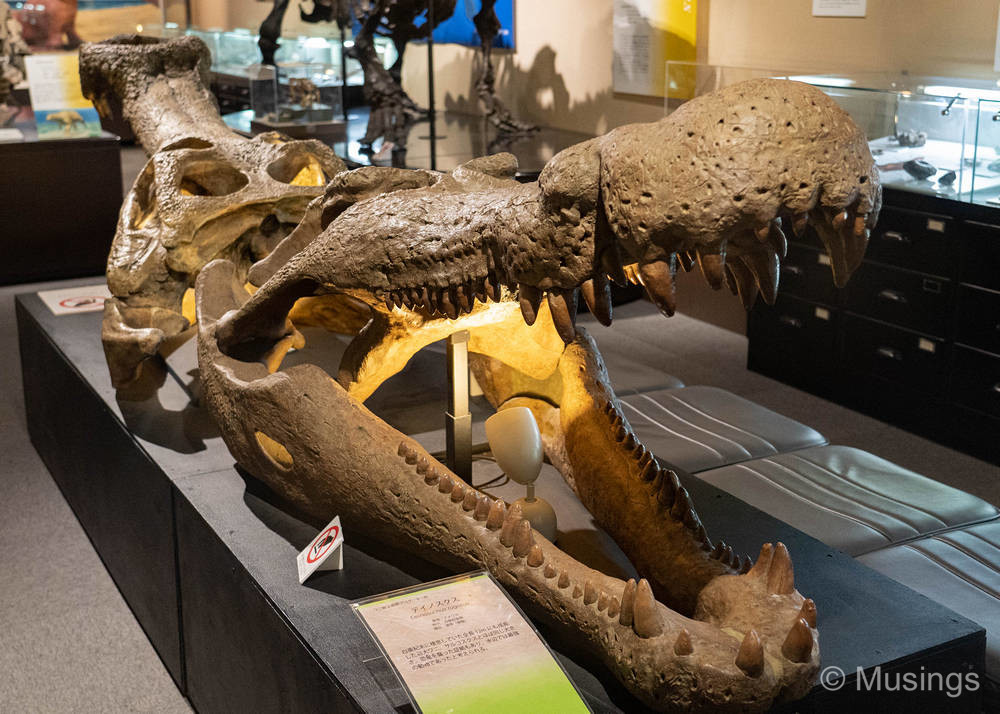
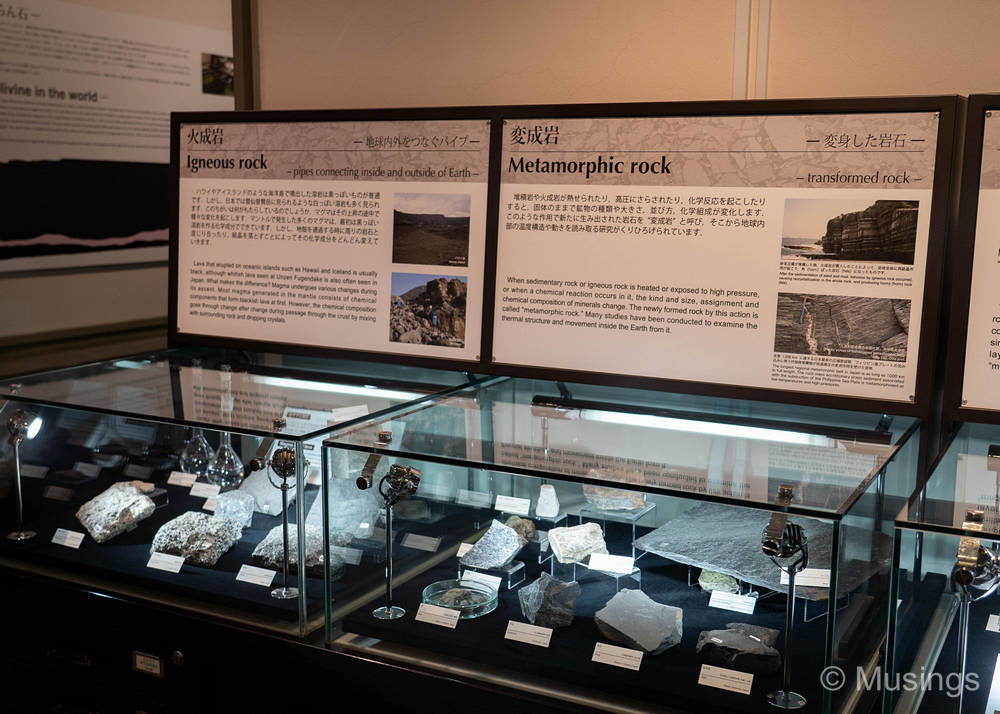
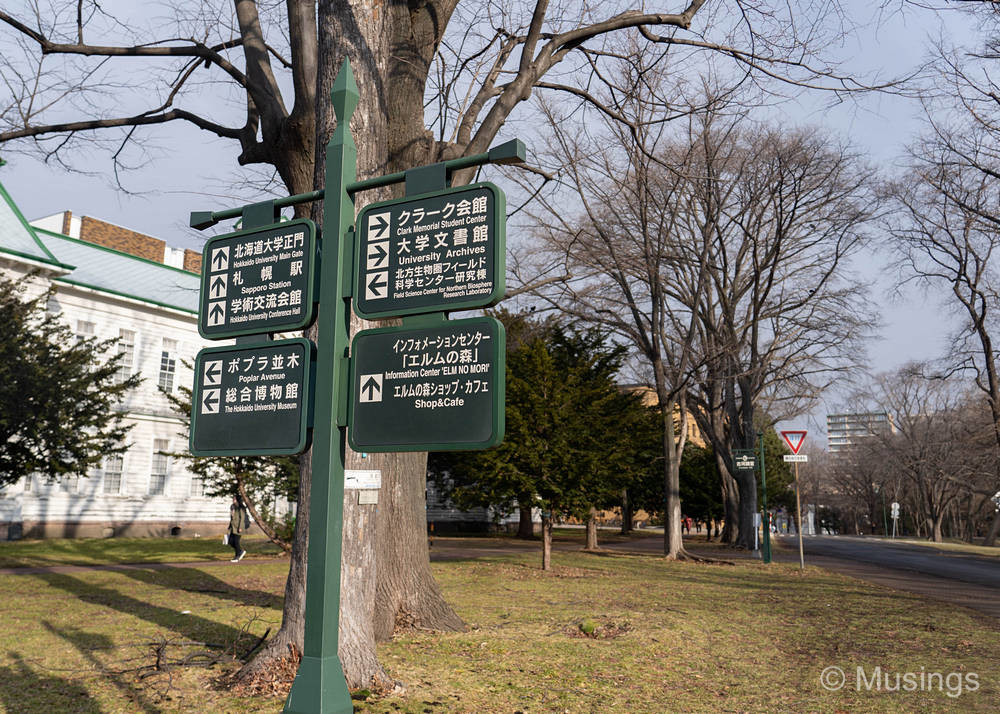
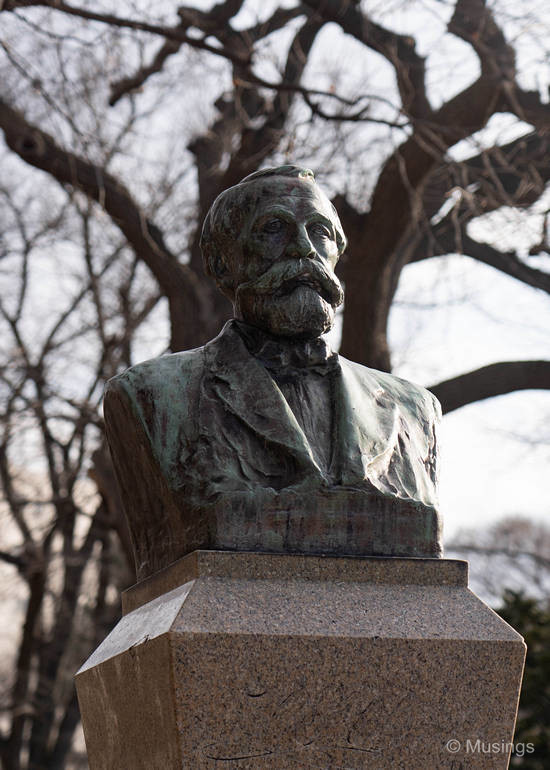
And my first major photographic mishap happened today too while we were at the Hokkaido University Museum. I’ve had cameras for 33 years now and have never dropped a lens until today – and while on holiday even. The swivel on my BlackRapid sling strap had come loose without my realizing it. So when I got up from a seated position expecting the camera to stay on my shoulder, it instead fell to the ground, lens barrel down first. The drop was approximately 30-35cm height. As far as I can tell, the lens survived none the worse, as the top-level Kenzo Celeste UV filter took the hit. However, the filter’s outer ring deformed on impact, and coudn’t be removed, even with filter wrenches I quickly brought from the nearby Yodabashi camera store 700 meters from where Hokkaido University is. I’ll need to send the whole thing to Sony Singapore for servicing now, or find a saw when I’m back home to try sawing off the outer ring. Anyone who says filters do nothing – well, it saved this lens.
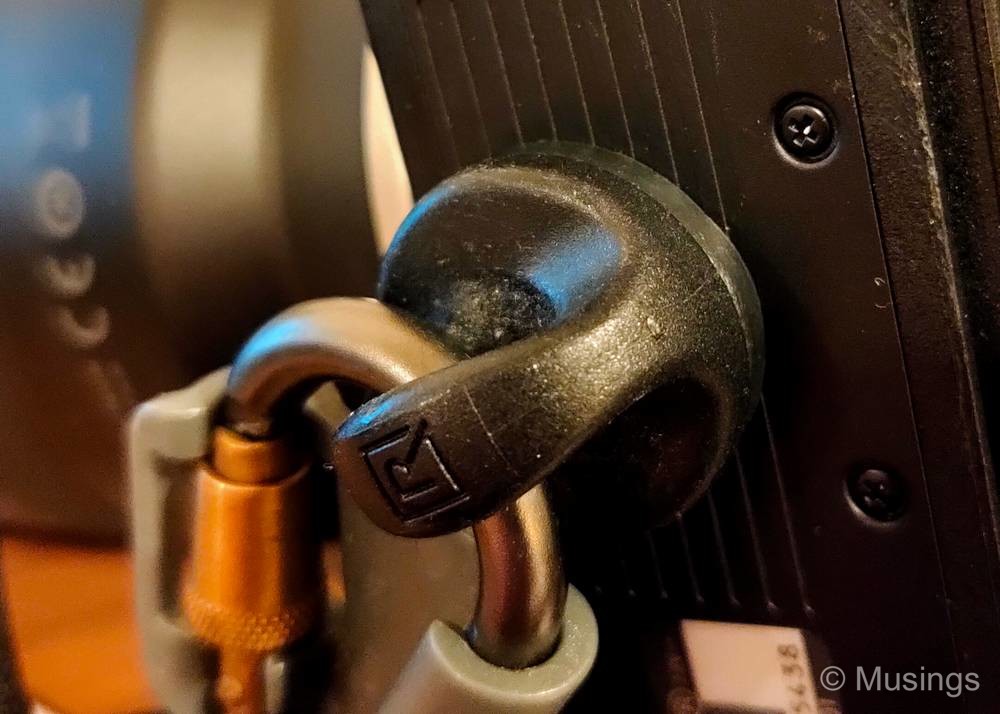
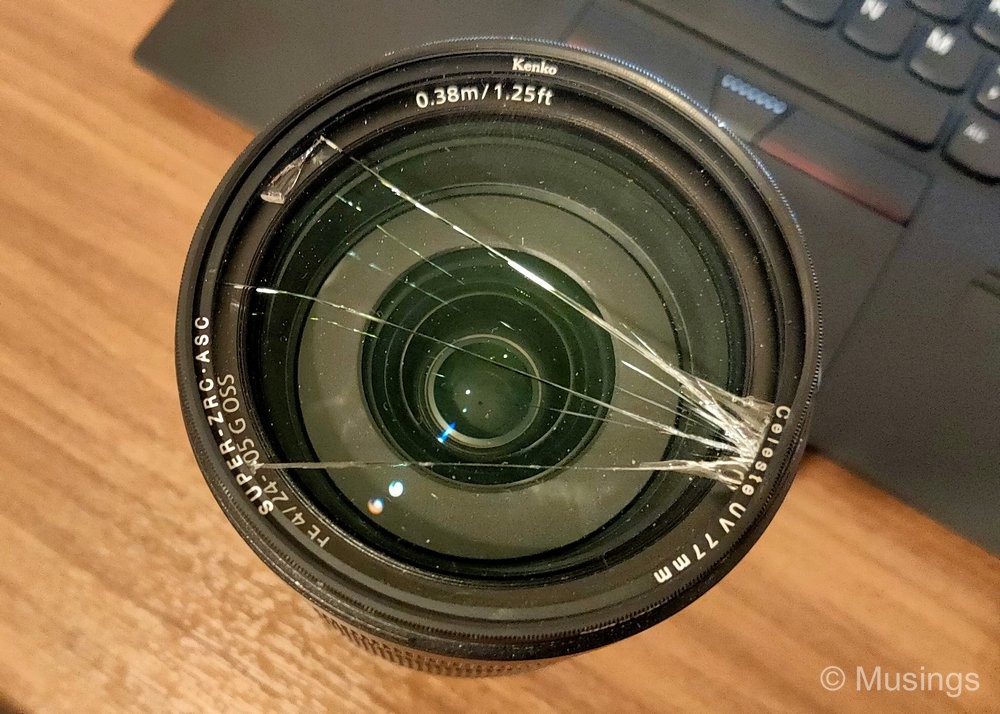
Thankfully, the Yodabashi camera store is super well-stocked, so after I picked up the Tamron 28-75mm f2.8 Di III RXD. This lens is considered one of the closest competitors to the Sony FE 24-105mm f4 which was one of my first lens purchases for the A73. And many discussion board enthusiasts – by way of voting – seem to prefer this Tamron lens over the Sony. Broadly speaking, the Tamron is a better general purpose all-round lens – but the Sony’s additional long end at 105mm and also wider angle of 24mm simply makes it more useful when you’re traveling and want just one lens to stay attached to the camera body. This is my sixth trip out of the country since my picking up this lens in April 2017, and it’s hard to imagine a more useful all-round focal length range when traveling. In any case, we’re right almost at the midpoint of our 15 day trip now, and this new Tamron lens will have to be my principal go-to lens for the rest of the trip. It’ll be interesting to see how it compares!
Next post: it finally snows in Sapporo!
Recent comments